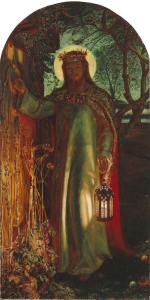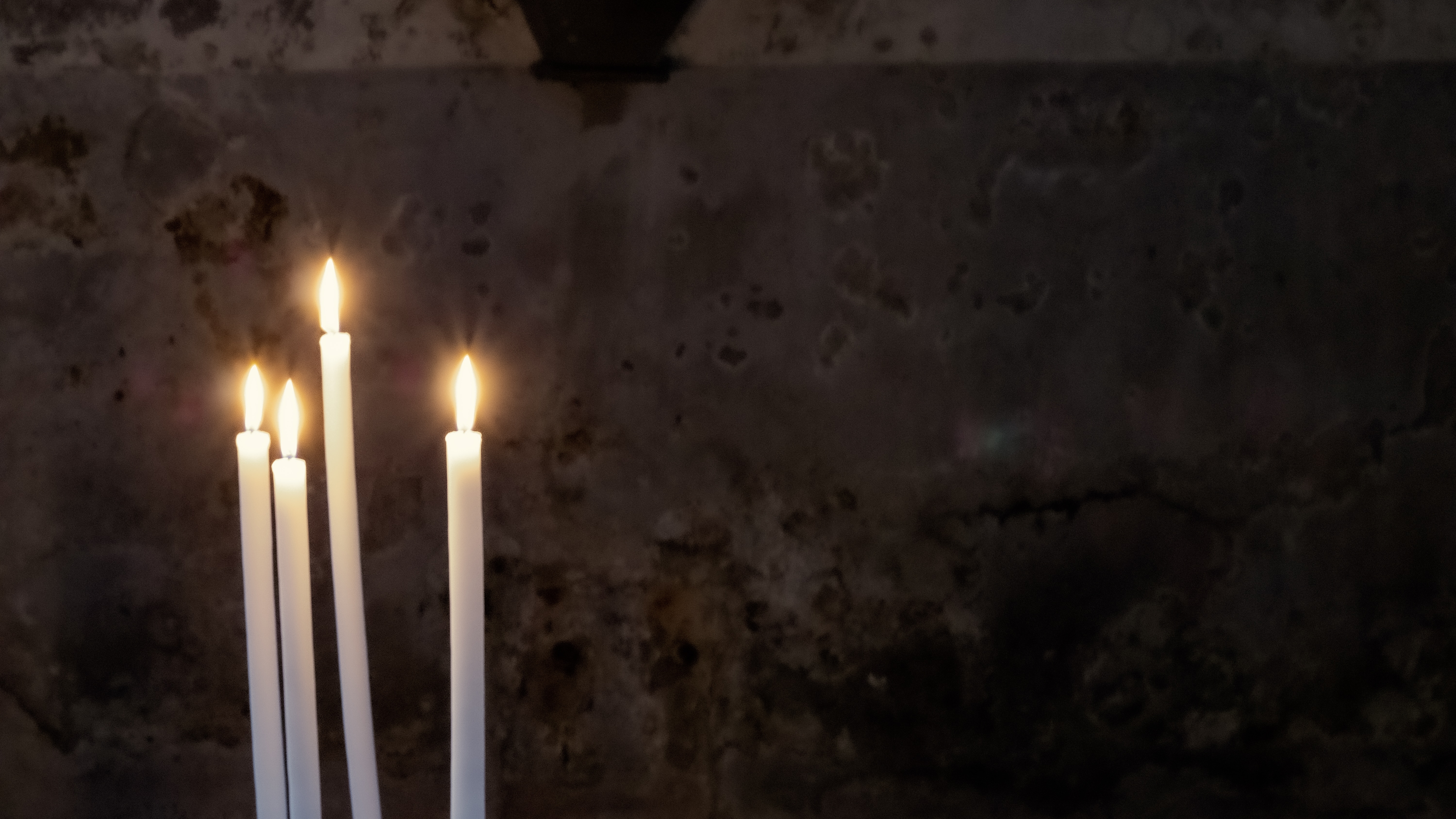Mary Hind-Portley is Resident Blogger for Litdrive, and can be found on Twitter @Lit_liverbird
This year I have had more time to consider teaching ‘A Christmas Carol’ rather than ‘emergency; teaching and gap filling. I’ve been lucky to have had discussions with many of the Litdrive Regional Advocates about the text, which have challenged my thinking and spurred me on to look evermore deeply into the text.
As teachers our subsequent encounters with a set text over time is a privilege; with each reading deepening our understanding, new ideas emerging and the text itself revealing greater complexity. Students meeting the text for the first time in print rather than film, cartoon or musical also provoke fresh questions. Paul Davis refers to ACC as a ‘culture-text’ and whilst these are part of our students’ cultural capital, it is important to ensure students understand the novella within the context of its genesis, and not just the specifications’ definitions of context.
Deep reading of the text for teaching preparation
The first step prior to teaching a text for me is multiple readings and marginal annotation; helping me to consider the fine details of the text and its construction.
Although the text is short for Dickens, it is still dense in terms of vocabulary, ideas and contemporary references. Here the endnotes in the Penguin edition, the Glossary from Dr Bacchus and the English and Media Centre’s Full Text Teaching Edition have been invaluable in supporting a detailed understanding of the language and phrases familiar to an educated contemporary reader. I have then created my own annotated version of the text (which I will upload to Litdrive when finished) to ensure all these are in one place to explain them, where necessary, to my students. I have a fondness for reading introductions to the text in different editions to see different critical perspectives as there are fewer critical texts on the local university shelf for ACC than other Dickens’ novels. How many editions of ACC are too many? One aspect of the novella which merits a very detailed consideration is the explicit and implicit presence of Christianity.
Christmas and Christianity in the novella
One area of reflection has been on the Christian theology which pervades the novella with the second most significant Christian event in its title, (Easter being the most significant). Stave 3 presents images of Christmas modern readers may see as traditional. Peter Ackroyd comments, ‘Dickens can be said to have almost single-handedly created the modern Christmas’ but Ackroyd also challenges his own view that Dickens invented Christmas ‘as the more sentimental of his chroniclers have suggested.’ Ackroyd give a useful insight into the development of the Victorian Christmas, ‘What Dickens did was to transform the holiday by suffusing it with his own particular mixture of aspirations, memories and fears. He invested it with fantasy and with a curious blend of religious mysticism and popular superstition… In addition, he made it cosy, he made it made it comfortable and he achieved this by exaggerating the darkness beyond the small circle of light.’ (pp203-231).
During my readings of the novella I have questioned the presentation of Christmas as a happy time when placed against the image of Ignorance and Want and the gnawing background presence of the ‘Hungry Forties’. The presentation of the Cratchits’ Christmas dinner could be interpreted as sentimental, were it not for Mrs Cratchit’s acerbic comment on Scrooge as an ‘odious, stingy, hard, unfeeling man’ and the subtle, embedded comments on the size of the dinner. Here I want to draw students’ attention to the image of the cornucopia in the description of ‘The Ghost of Christmas Present’, the plentiful seasonal foods for sale in Stave 3; the evident gratitude of the Cratchits for they have in comparison to the ‘poor and destitute’ of Stave 1. I want the students’ to question the apparent cosiness presented in the internal scene of the Cratchits’ accommodation, the external street scene of plenty and the ‘bleak and desert moor… barren waste’ outside the miners’ celebrations. It is important to consider the ‘small circle of light’ as a way of reading the text, lest we focus solely on the jollity of other scenes. Dickens is at pains to juxtapose these two aspects of the Christmas experience, through the narrative device of the Ghosts. The misery of Scrooge’s childhood Christmas, the emotional frigidity of Scrooge in Stave 1 against Fred’s red-cheeked warmth and good humour show the darkness beyond the light which continues as the narrative develops. John 8:12 could be considered here, ‘I am the light of the world. Whoever follows me will not walk in darkness but will have the light of life.’ The light imagery prompts consideration of how Christianity manifests itself in the novella.
Christianity
How can different Christian theologies can be used to read the text? Although I am a practising Christian, I am not a theologian but I am intrigued about Dickens’ own theological framework. As ACC is embedded in many people’s cultural schema, it can be easy to see the novel as a straightforward tale of redemption and transformation with a generic Christian theology,
‘Dickens’ modern fairytale of Scrooge and the Cratchits with its strong, but wholly non-sectarian Christian colouring had an impact no lead-writer or moralising satirical journalist… could have hoped to achieve’
However, in discussion with Matt Lynch (@Mathew _Lynch44) about Christianity in the novella, it is too simplistic to consider it be non-sectarian. Matt spoke about the influence of Unitarian beliefs on Dickens making me consider my own understanding of Scrooge’s spiritual journey in the context of different branches of Christian beliefs. I have been teaching my students about Scrooge’s transformational journey of redemption. However, the Victorian Unitarian belief in salvation is an area to consider when exploring Scrooge’s changed nature at the end of the novella. How far Dickens consciously framed the novel with specific Christian theologies may not be clear and merits further research. In terms of student understanding, I have previously explored the concepts of transformation and redemption, through the narrative arc of the ghosts and Scrooge’s journey through time and space. Therefore, clarifying the definitions and exploring the difference between redemption and salvation has been interesting prior to teaching ACC in half-term 2.
redemption: the undoing of the effects of sin for all mankind. Perform an act to get something in return, ie if one commits a sin, one does something to buy back sinlessness (paying a forfeit). This internal change is then externalised by actions.
salvation: being saved from the consequences of sin, brought about by faith in Christ. Christ saves us by becoming the mechanism for our redemption. This is external.
Salvation is the second part of the redemption story

Holman Hunt’s painting (above) The Light of the World’ (1851-3) assists us with this understanding, The door in the painting has no handle, and can therefore be opened only from the inside, representing “the obstinately shut mind” (1905). Scrooge must open his oyster-like mind, redeem himself through atoning for his sins, ‘Oh, tell me I may sponge away the writing on this stone.’ He has to purchase the turkey for the Cratchits, donate to charity, visit Fred and raise Bob’s salary to be absolved of his sins.
The process of Scrooge’s transformation is central to the novella, Scrooge must be redeemed in order to be saved. Michael Timko in his article ‘No Scrooge He: The Christianity of Charles Dickens’ discusses Dickens’ Christianity and the centrality of his faith to his writing, ‘He wanted his novels to be “parables,” stories that would emphasize the teachings of Christ.’ In ACC we see Dickens’ faith through Scrooge’s journey from miser to benefactor, to redemption and then to salvation.
His chief aim, as I noted at the beginning, was to promote individual “salvation” and bring about social reform. His “religious” views, while perhaps not strictly sectarian, were meant not so much to undermine orthodox belief as to demonstrate that a “practical” and humanitarian Christianity that reflected the life of Christ could solve personal and social problems.
Therefore the two concepts of redemption and salvation are not exclusive in the novella. Scrooge must undergo the hard experience of re-visiting his past and present actions, as well as being forewarned about the consequences of his future actions. He must be held to account for his avarice and miserly selfishness, as symbolised by Marley’s ghostly chains and cash boxes. Scrooge, in his counting-house, must ‘settle his account’.
Exploring Dickens’ faith and its manifestation in ACC fascinating and fundamental to a deep understanding of the novella and its intentions. There is still more to explore, particularly about Dickens and Unitarianism; a potential post for the future!
